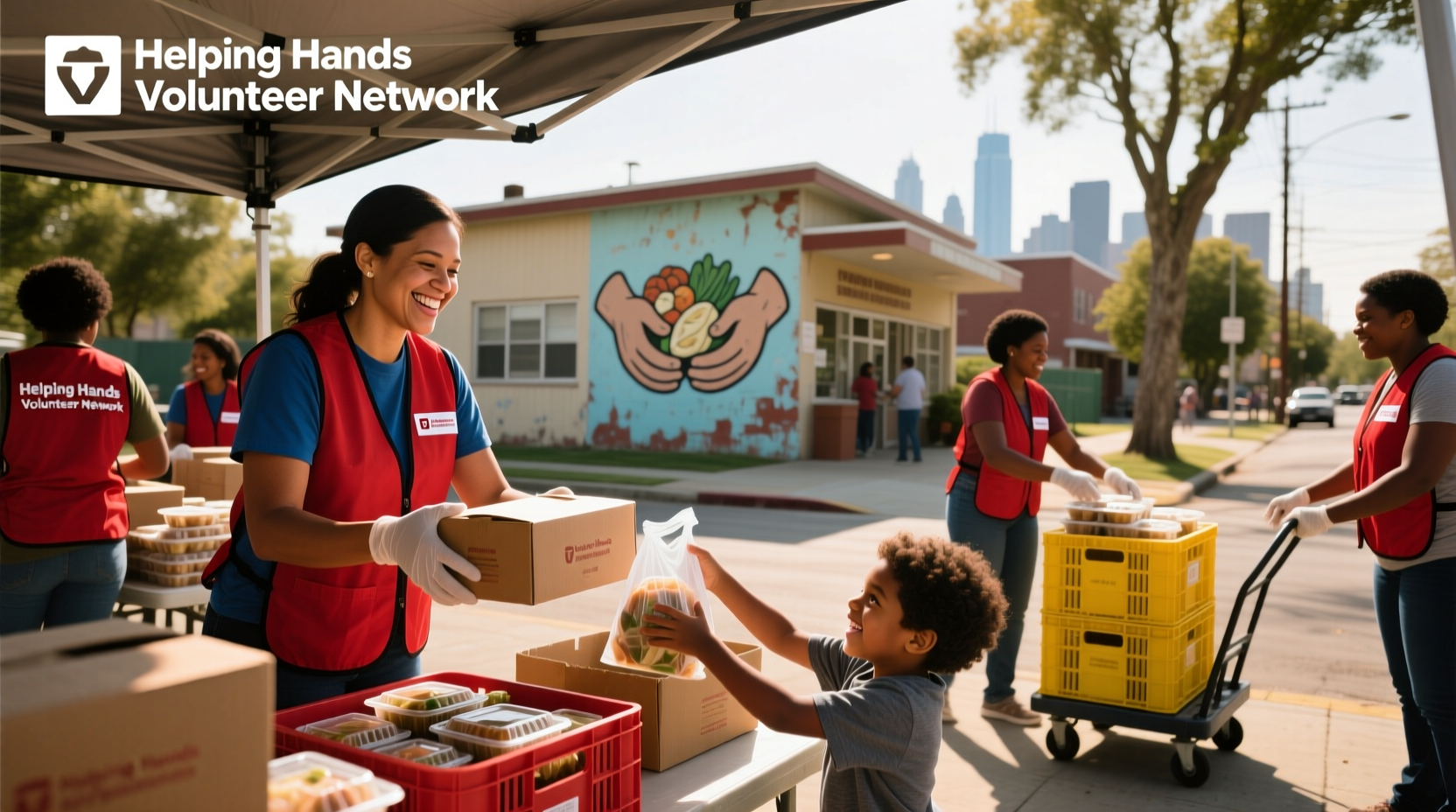Understanding Realistic Options for Food Assistance
When facing temporary financial challenges, it's important to distinguish between legitimate assistance and potentially harmful 'get free food' schemes. Most online claims about "free fast food with no money" involve scams, unethical practices, or temporary promotions requiring some form of value exchange. Let's explore what actually works based on verified assistance channels.
Government Food Assistance Programs That Provide Real Support
The most reliable way to access food when funds are limited involves established government programs designed specifically for food insecurity. These programs provide substantial support through structured channels:
| Program | Coverage | How It Works | Eligibility |
|---|---|---|---|
| SNAP (Supplemental Nutrition Assistance Program) | Nationwide | Electronic benefits loaded monthly to EBT card | Income-based (typically up to 130% of poverty line) |
| WIC (Women, Infants, Children) | Nationwide | Specific food packages for pregnant women and children | Nutritional risk + income requirements |
| National School Lunch Program | Public schools nationwide | Free/reduced-price meals for qualifying students | Household income thresholds |
According to the USDA Food and Nutrition Service, SNAP benefits can be used at select fast food locations in Arizona, California, and Michigan through the Restaurant Meals Program for eligible elderly, disabled, or homeless participants. This represents the only government-sanctioned pathway to use food assistance at fast food establishments (fns.usda.gov/snap/restaurant-meals-program).
Community Resources Providing Immediate Food Support
Local community organizations offer critical support that can help alleviate immediate food needs without requiring money:
Food Banks and Pantries
Feeding America reports their network of 200+ food banks serves approximately 40 million people annually through local pantries. Most require minimal documentation (proof of address) and provide 3-5 day emergency food supplies at no cost. Unlike fast food, these resources offer nutritious staples but represent the most accessible immediate food assistance.
Soup Kitchens and Meal Programs
Community meal programs provide prepared food without cost. The National Coalition for the Homeless reports over 60% of U.S. communities operate soup kitchens with no eligibility requirements. While these don't typically serve fast food, they provide immediate meal solutions during financial emergencies.

Legitimate Fast Food Promotions Worth Considering
While not "free with no money," these verified promotion strategies can help stretch your food budget:
Loyalty Programs with Welcome Offers
Most major chains offer first-time sign-up bonuses:
- McDonald's App: Free Big Mac or other menu item with first app order
- Chipotle Rewards: Free entrée after joining and purchasing $5 of food
- Wendy's Rewards: Free Frosty with first app order
These require an initial small purchase but provide subsequent free items. The key is timing these offers strategically during tight budget periods.
Mobile Apps for Food Discounts
Several apps connect users with discounted food options:
- Too Good To Go: Rescues surplus restaurant food for $3-5
- Flashfood: Discounts on grocery items nearing expiration
- Local restaurant apps: Many independent restaurants offer "mystery box" deals
When Fast Food Isn't the Solution: Alternative Approaches
During extended financial hardship, focusing solely on fast food misses more substantial assistance options. Consider these alternatives:
Temporary Assistance for Needy Families (TANF)
This program provides cash assistance for basic needs including food. While not specifically for fast food, the flexibility allows recipients to allocate funds strategically. According to the Administration for Children and Families, TANF helped 1.1 million families in 2023 (acf.hhs.gov/ofa).
Utility Assistance Programs
Lowering utility bills through LIHEAP (Low Income Home Energy Assistance Program) often frees up household funds for food. Many states process applications through community action agencies that also provide food resource referrals.
Ethical Considerations and Limitations
Be aware of important boundaries when seeking food assistance:
- Legitimate programs never require payment to access free food
- "Free food" scams often target vulnerable populations
- Most fast food chains don't offer completely free meals without value exchange
- Food assistance programs prioritize nutritional needs over convenience foods
A 2023 study by the Urban Institute found that 78% of food-insecure households successfully accessed community resources without resorting to questionable methods. The most effective approach combines multiple legitimate channels rather than seeking single "free fast food" solutions.
When to Seek Additional Support
If you're experiencing ongoing food insecurity, connect with these resources:
- 211 Helpline: Dial 211 or visit 211.org for local assistance referrals
- Benefits.gov: Official government portal to screen for eligibility
- Local community action agency: Find through communityactionpartnership.com
Remember that food insecurity is a temporary situation, not a personal failing. Millions access these resources annually without stigma. The goal is finding sustainable solutions rather than one-time "free" meals.











 浙公网安备
33010002000092号
浙公网安备
33010002000092号 浙B2-20120091-4
浙B2-20120091-4